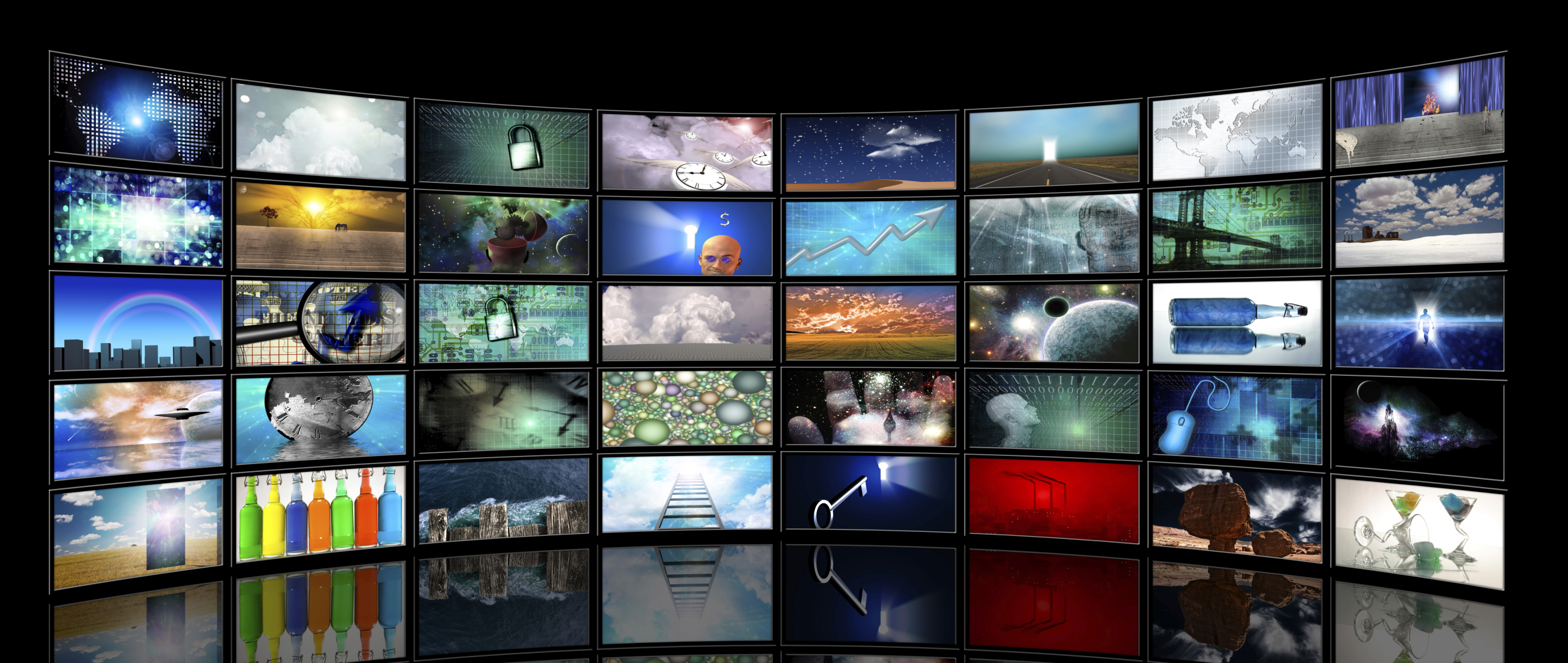By Dr. Charlie W. Starr
 We’ve been doing a series on what’s good in mass media. Last month we talked about smarter television, focusing on how plots have gotten more complex in the last few decades. This month we’re going to look at other smart techniques TV is using to engage our intellects on more complex levels.
We’ve been doing a series on what’s good in mass media. Last month we talked about smarter television, focusing on how plots have gotten more complex in the last few decades. This month we’re going to look at other smart techniques TV is using to engage our intellects on more complex levels.
No More Flashing Arrows
TV shows used to use what might be called “flashing arrows.” If the audience needed to know why something was important, they were told up front. It was explained in pretty obvious ways.
Today’s TV shows are very different. We might get thrown into a conversation between two people somewhere in the middle. What they’re talking about is significant, but we don’t know why, and we’re not going to be told for a while. We have to live longer with mysteries and questions raised in the show. We have to spend more time putting two and two together, reasoning out various elements of a story in shows which no longer simply tell us what’s going on, what a cryptic statement means, or why an event is significant.
Risking Texture
Steven Johnson (author of Everything Bad is Good for You) talks about two kinds of information in TV stories: texture and substance. He says texture “is all the arcane verbiage provided to convince the viewer that they’re watching Actual Doctors At Work.” (For example, medical jargon spoken by characters on a show set in a hospital or legal terminology spouted on a show set in court.) And “substance is the material planted amid the background texture that the viewer needs to make sense of the plot.”
Johnson then goes on to demonstrate that better shows in our day are taking the risk of adding more texture, of giving the audience information it doesn’t really need for the story’s plot, but which improves the show’s realism and sophistication. The audience doesn’t need to get every term or idea, but today’s writers push the envelope to make the audience take in more and still comprehend enough so as not to get lost. Eventually audiences pick up on some of this information, learning new things about areas of study or arenas of influence they would have never been exposed to otherwise.
Even Reality TV?
Let’s remember something I’ve said before in this series: I’m not talking about moral improvement in television. I’m talking about artistic ones. The fact that there are more channels makes more options possible, and a few cable networks have risen to provide family friendly entertainment—that’s good. But the most popular programming continues to degenerate morally with only an exception here or there.
That said, there’s a strong argument made against artistic improvement in television. Skeptics will argue that TV is not improving—and they point to the rise of reality shows. Three words make me want to agree with them: Honey Boo Boo. But Johnson points out that the garbage we watch today is better when compared to what it should be compared to.
We shouldn’t compare even some of the better reality shows like Survivor or The Amazing Race to past shows such as St. Elsewhere. We should compare them to old game shows and soap operas. In other words, if reality TV is the garbage of our day, we should compare it to the garbage of yesterday. When we do, we find that today’s garbage has a nicer smell.
Among the improvements reality TV brings to programming (compared to game shows) is a sophistication of game play. These “game” shows are more like sports. The rules are more complex but flexible enough for players to excel, to develop strategies, and to fake out their opponents. Reality shows like Survivor also bring superior emotional content to the table—compared to old soap operas where the emotions were utterly contrived and two-dimensional. The emotional chess involved in putting real people in a situation where the script is not fully written is light years ahead of the artificial storytelling of old daytime television.
Audience participation is a key point here. When we watch old style game shows, we can participate only by trying to guess the same answers as the contestants. But when we watch competitive reality shows, we participate far more, just like in sports, by armchair-quarterbacking the actions of the contestants: analyzing their strategies, pointing out their faults, offering alternative strategies, and predicting the outcomes. On some shows we participate by calling or going online to vote for our favorite players.
There is much to complain about in mass media, but these improvements in television show us that it’s not all bad.
Dr. Charlie W. Starr teaches English, humanities, and film at Kentucky Christian University in Grayson, Kentucky.



Comments: no replies